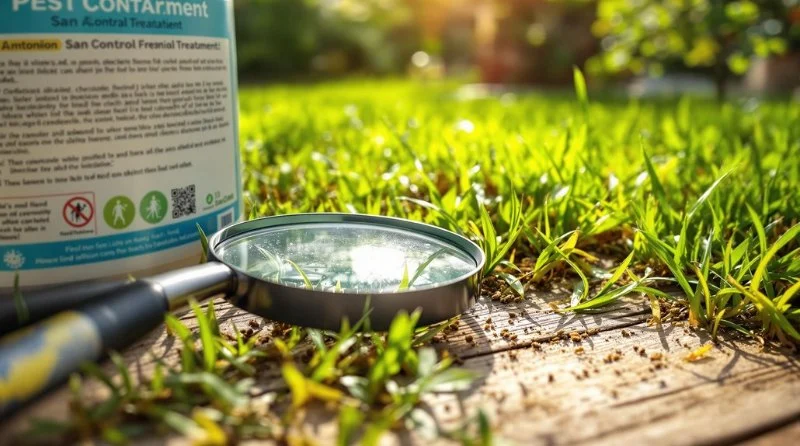
- Why Monitoring Pest Entry Is Crucial
- Identifying Weak Spots in Your Home
- Effective Methods to Monitor Pest Entry
- Common Pests and Their Entry Points
- Real-Life Examples of Successful Pest Prevention
1. Why Monitoring Pest Entry Is Crucial
Monitoring pest entry in your home is essential for effective pest control. Pests can cause significant damage to your property, contaminate food, and even pose health risks to you and your family. The first step in preventing infestations is identifying the weak spots where pests are likely to enter. By being proactive and vigilant, you can stop pests before they become a major problem.
Without regular monitoring, pests can enter unnoticed and quickly multiply, making control much more difficult. The earlier you identify and seal these entry points, the less likely it is that you’ll need costly pest treatments or face extensive damage. Monitoring pest entry isn’t just about protecting your home—it’s about maintaining a healthy, safe living environment.
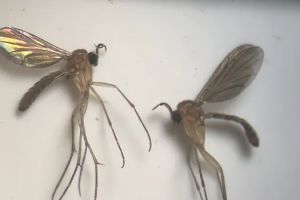
Buzzkill Pest Solutions LLC
SimpsonvilleGreenville CountySouth Carolina
309 Chasemont Ln, Simpsonville, SC 29680, USA
2. Identifying Weak Spots in Your Home
Identifying the weak spots in your home is the first step in monitoring pest entry. These weak spots are areas where pests are most likely to find entry, especially if your home has gaps or cracks. Here are common places to check:
1. Doors and Windows: Gaps around doors and windows are prime entry points for pests. Weatherstripping or seals that are old or worn out can leave small openings that pests can squeeze through. Make sure that all windows and doors close tightly, and consider adding door sweeps or replacing damaged seals.
2. Cracks and Gaps in Walls and Foundation: Cracks in your home’s foundation or walls can provide easy access for pests, especially rodents and insects. Regularly inspect the exterior and interior of your home for cracks, and seal them with caulking or expanding foam. Pay attention to areas where utilities enter the home, as these can also be weak points for pest entry.
3. Vents and Ducts: Vents, ducts, and chimneys can also be potential entry points for pests, particularly insects and rodents. Ensure that vents are properly screened and that any gaps are sealed. You may also want to consider installing chimney caps to prevent larger pests from entering through the chimney.
4. Roof and Eaves: The roof is often overlooked, but it can be a significant point of entry for pests, particularly during the colder months. Inspect your roof for missing shingles, holes, or damaged flashing. Also, check your eaves and gutters for debris, which can attract pests or provide shelter for them.
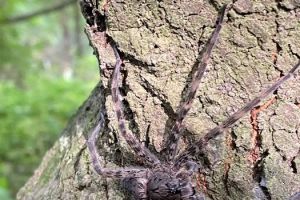
Arrest-A-Pest Exterminators, Inc.
Mount OliveWayne CountyNorth Carolina
1246 N Breazeale Ave, Mt Olive, NC 28365, USA
3. Effective Methods to Monitor Pest Entry
Once you’ve identified potential weak spots in your home, it’s time to monitor them effectively to detect any pest activity. Here are some methods to help you keep track of pest entry:
1. Use Traps and Baits: Setting up traps or baits near suspected entry points can help you monitor pest activity. For example, place sticky traps near doors or along walls where pests might travel. Bait stations can also be placed in areas where rodents are likely to pass through. This will help you determine the level of pest activity and identify potential hotspots for entry.
2. Inspect Regularly: Regular inspections are essential for catching pest entry early. Check areas where pests are likely to enter—such as around doors, windows, and vents—at least once a month. Keep an eye out for droppings, gnaw marks, or any other signs of pest activity. The earlier you spot signs of pests, the quicker you can take action to prevent an infestation.
3. Install Motion-Activated Cameras or Sensors: In areas where pests might enter, consider using motion-activated cameras or sensors. These devices can detect movement and alert you to any pest activity. For example, if a rodent is sneaking in through a hole in the wall, the camera will catch it, allowing you to address the issue before it escalates.
4. Listen for Sounds: Pests often make noise as they move around your home. In areas where you suspect pests are entering, listen for scratching, scurrying, or rustling sounds. These sounds can be particularly noticeable in quiet areas, such as attics or basements. If you hear unusual noises, it’s a sign that pests may be present, and you should inspect the area further.
4. Common Pests and Their Entry Points
Different pests tend to target specific entry points based on their size, behavior, and habits. Understanding which pests are likely to target specific weak spots in your home can help you monitor more effectively:
1. Rodents: Rodents, such as mice and rats, are notorious for finding tiny gaps in walls and foundations. They can squeeze through openings as small as a dime, so it’s crucial to seal any gaps and cracks. Rodents may also enter through vents, chimneys, and poorly sealed doors.
2. Insects: Many insects, including ants, cockroaches, and termites, can enter through small cracks in walls or gaps around windows and doors. They are particularly attracted to food sources, so it’s important to store food properly and clean up crumbs or spills promptly. Insects can also enter through pipes or drain openings.
3. Bats: Bats can squeeze through very small openings, often entering through attic vents or gaps around eaves. Installing bat-proof screens over vents and chimneys can prevent them from entering your home. Keep in mind that bats can cause significant damage if they settle in your attic, so early detection is key.
5. Real-Life Examples of Successful Pest Prevention
Effective pest prevention comes from a combination of monitoring and proactive measures. Here are a couple of real-life stories of homeowners who successfully prevented pests from entering their homes:
1. Sarah’s Rodent Prevention Success: Sarah had noticed signs of rodents in her kitchen and suspected that they were entering through a small crack in her foundation. She set up rodent traps and placed some bait near the crack. After a week, she caught a mouse, and upon inspecting the area further, she found the exact entry point. Sarah sealed the crack with caulking, and since then, she hasn’t had any further issues with rodents.
2. Mike’s Insect-Free Home: Mike had been battling ants in his kitchen for months. He used a combination of baits and regular inspections to track their movements. After identifying the entry point near a window, he sealed the gaps and cleaned the area thoroughly. By continuing to monitor and maintain the seals, Mike was able to keep the ants out and maintain an insect-free home.
Monitoring pest entry in weak spots is essential for keeping your home free of pests. By staying vigilant, sealing entry points, and using effective monitoring techniques, you can prevent pests from becoming a bigger problem. For more tips and supplies to help with pest control, visit PestControlHub for expert recommendations and solutions to keep your home safe and pest-free.

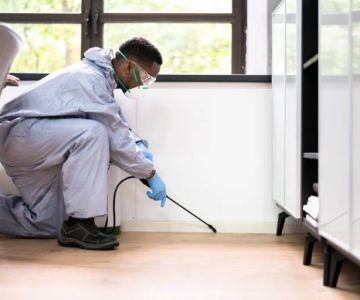

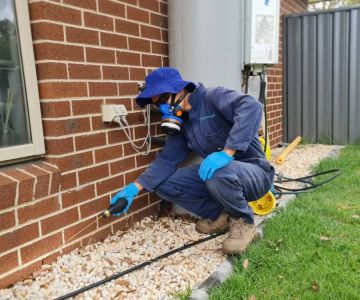
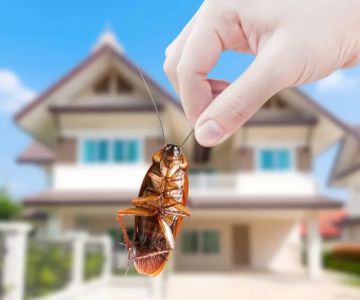

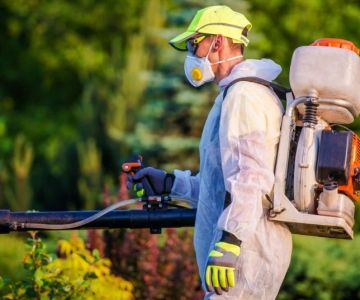
 Green Pest Solutions4.0 (59 reviews)
Green Pest Solutions4.0 (59 reviews)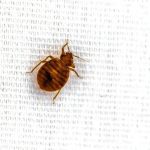 All In One Pest & Termite1.0 (1 reviews)
All In One Pest & Termite1.0 (1 reviews) A Plus Wallace's Termite-Pest4.0 (15 reviews)
A Plus Wallace's Termite-Pest4.0 (15 reviews)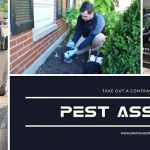 Pest Assassins5.0 (164 reviews)
Pest Assassins5.0 (164 reviews)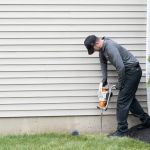 Viking Pest Control4.0 (858 reviews)
Viking Pest Control4.0 (858 reviews)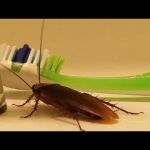 Expert Pest Control4.0 (128 reviews)
Expert Pest Control4.0 (128 reviews) How to Evaluate Pest Control Technologies for Effective Solutions
How to Evaluate Pest Control Technologies for Effective Solutions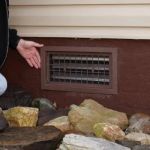 How to Control Pests in Crawl Space Vents
How to Control Pests in Crawl Space Vents How Landscaping Mulch Types Affect Pest Attraction – Tips for a Pest-Free Yard
How Landscaping Mulch Types Affect Pest Attraction – Tips for a Pest-Free Yard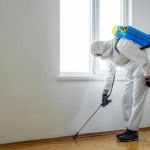 How to Choose Between Different Pest Control Methods: A Complete Guide
How to Choose Between Different Pest Control Methods: A Complete Guide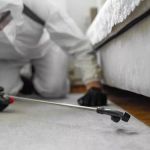 How to Get Rid of Bed Bugs Without Poisoning Your Home: Safe and Effective Solutions
How to Get Rid of Bed Bugs Without Poisoning Your Home: Safe and Effective Solutions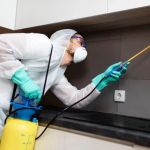 How to Use Low Impact Treatments in Sensitive Areas for Effective Pest Control
How to Use Low Impact Treatments in Sensitive Areas for Effective Pest Control